Pitcher’s Funny Bone Ain’t So funny
Two summers ago, within about a 3 week period, we had 3 high school kids who came to us with medial elbow pain and numbness and tingling into their pinkie and ring fingers.
Any time a pitcher complains of pain on the inside of the elbow, you worry about damage to the UCL — the dreaded Tommy John surgery. But sometimes it’s not the Tommy John ligament at all.
Here is a rudimentary field test to see if you might have damage to the UCL.
It’s called “The milking test.”
Place your hand in front of your face like you’re looking at the palm of your hand.
Now reach around with your opposite hand and grab your thumb, like you’re grabbing a cow’s udder, and pull your thumb down and to the side.
When you perform this test, you are imparting a valgus torque on your elbow and stressing the UCL. If you have pain with the milking test, you might have UCL damage.
Go see a doctor… preferably one with a lot of experience treating baseball players (call me… I know a guy).
If the milking test doesn’t elicit pain, but you still have tingling (feels like you hit your funny bone), you might have ulnar neuritis (inflammation of the ulnar nerve) — also known as cubital tunnel syndrome.
You might remember from previous posts the anatomy of the UCL and the First Responder Muscles of the elbow.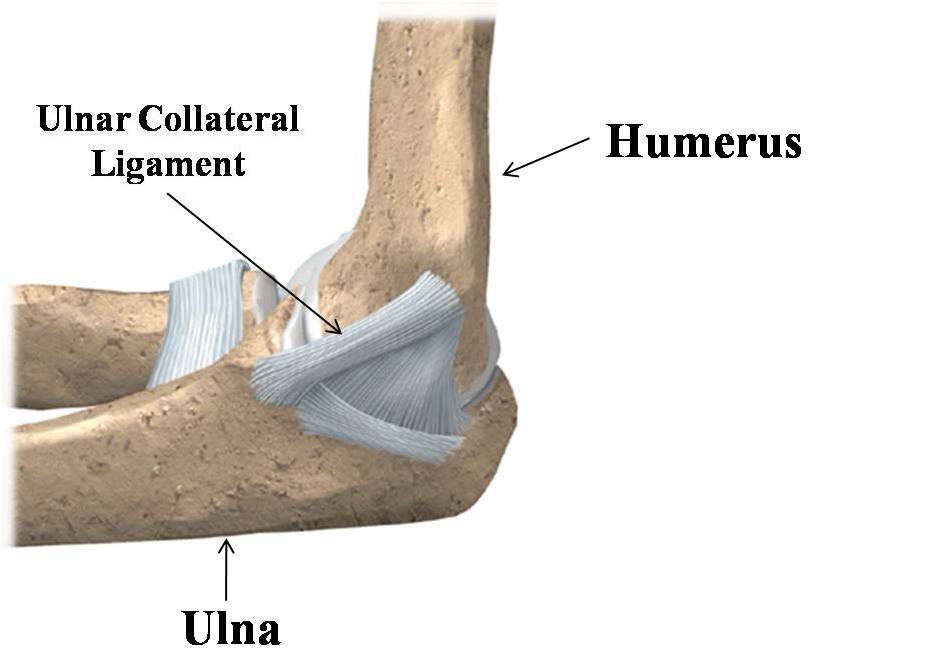
That bump on the inside of your elbow is called the medial epicondyle. The ulnar nerve runs in a groove behind the epicondlye called the cubital tunnel. Sometimes, the nerve gets trapped or pinched as it sits in that groove. That is known as ulnar nerve impingement.
If the ulnar nerve gets trapped (impinged), or just irritated it can cause pain, numbness, tingling, and eventually, weakness in the hand and forearm. The flexor carpi ulnaris muscle, one of the first responders protecting the UCL, gets its nerve input from the ulnar nerve.
But sometimes the ulnar nerve gets loose and actually slips out of the cubital tunnel. That is called ulnar nerve subluxation.
Last summer a college kid came in to train with us and showed me this neat trick he can do with his elbow. (click on the image — 6 second video).
I nearly vomited when I first saw it, but he swore it never caused him any pain or tingling. That strand of tissue you see in the video is the ulnar nerve popping in and out of its groove in the cubital tunnel.
Ulnar nerve subluxation is not uncommon, but a chronically subluxing nerve that produces symptoms of pain, numbness, tingling, or weakness, is kind of a big deal.
When the problem reaches a level of intolerance, a surgeon may need to perform an ulnar nerve transposition procedure. During this procedure the ulnar nerve is moved and nestled safely in front of the medial epicondyle (either under the skin or between the 2 heads of the flexor carpi ulnaris (FCU) muscle).

The keys to successful rehab from an ulnar nerve transposition, are regaining full range of motion as quickly as possible, and making sure that all rehab activities, including your return to throwing program, are accomplished below the pain or nerve irritability threshold.
I have 2 rules of thumb during rehab from any injury:
1) No overt pain (pain that makes you go “Ouch!”). If you inadvertently do something that hurts overtly, don’t do it again.
2) If during any activity, including your throwing drills, that increases your pain more than three points on a 0-10 scale should return to baseline within an hour of cessation of that activity. If your pain doesn’t return to baseline within an hour, it’s not catastrophic, it just means you may have overdone it a little. The trouble with overdoing it is that you never know you have overdone it until you overdo it. Just note what or how much you did and modulate the intensity or volume down a little next time.
Now back to those 3 guys we had 2 summers ago…
We were able to manage one conservatively. He worked for about six months to clean up an elevated distal humerus and a forearm flyout. Progress was slow because we had to creep along below the irritability threshold. He is now headed to Penn State on a baseball scholarship.
Two of them underwent ulnar nerve transposition surgery. We handled both post-op recoveries in our PT clinic, we managed their return to throwing programs at The Ranch.
One is a sophomore JUCO pitcher/outfielder who had a fantastic symptom free freshman year.
The other is now a high school senior who is also throwing without any pain, numbness or tingling and is anticipating a great year.
If you are having medial elbow pain, or any arm pain at all, give me a call at 1-866-STRIKE3, or shoot me an e-mail. We can schedule you for an evaluation and help you solve your pain.
 If you can’t get to Tampa, that’s ok. I have just the product for you. It’s called Start With The Pain: The Complete Guide To Managing Arm Pain In The Elite Throwing Athlete.
If you can’t get to Tampa, that’s ok. I have just the product for you. It’s called Start With The Pain: The Complete Guide To Managing Arm Pain In The Elite Throwing Athlete.
It’s a layman’s guide that equips any dad, mom, coach or player to conduct their own pitcher’s physical assessment and video analysis, and it presents a systematic approach to managing all sorts of arm pain. CLICK HERE TO GET IT.
Until next time,
Keep it funny, but leave the bone out of it,
(I have no idea what that means)




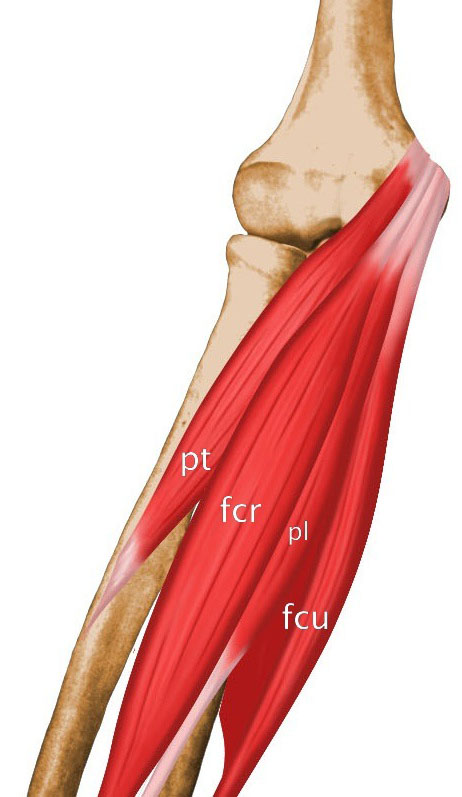



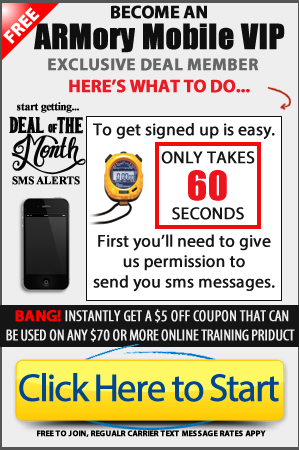

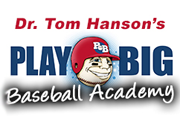
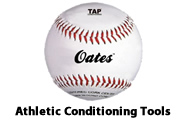



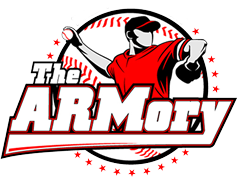
Hello, My son is a pitcher at a juco in arizona. He came home to colorado to have ulnar nerve release surgery on his left elbow. Surgeon said during surgery he realized he did not need the transposition just the release. Wondering what you opinion on this surgery is and what the outcome might be. He did not throw his freshman year in college because of the pain he started having senior year spring season.
So sorry I missed this back in Dec. I have seen a few releases and they all did very well.